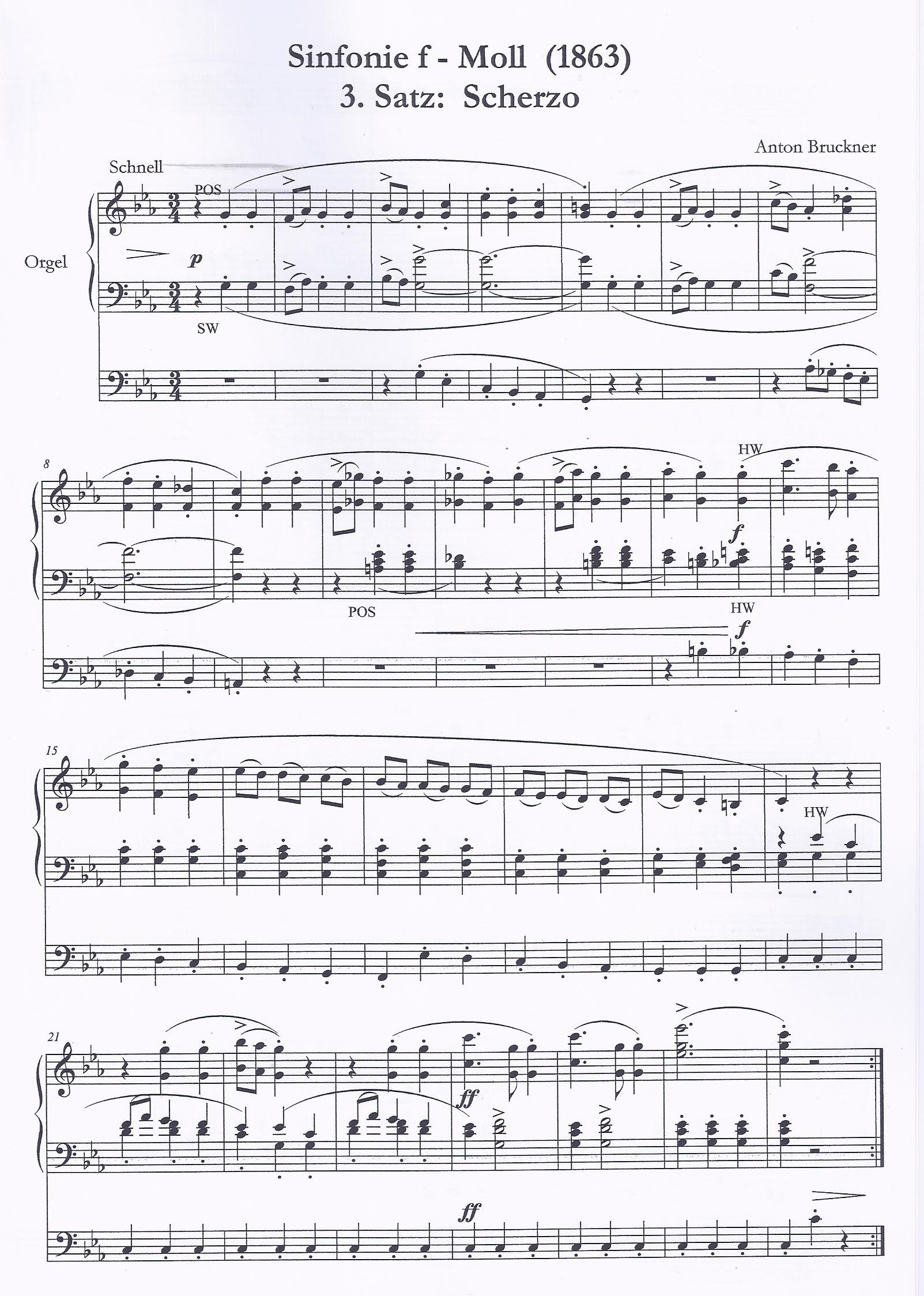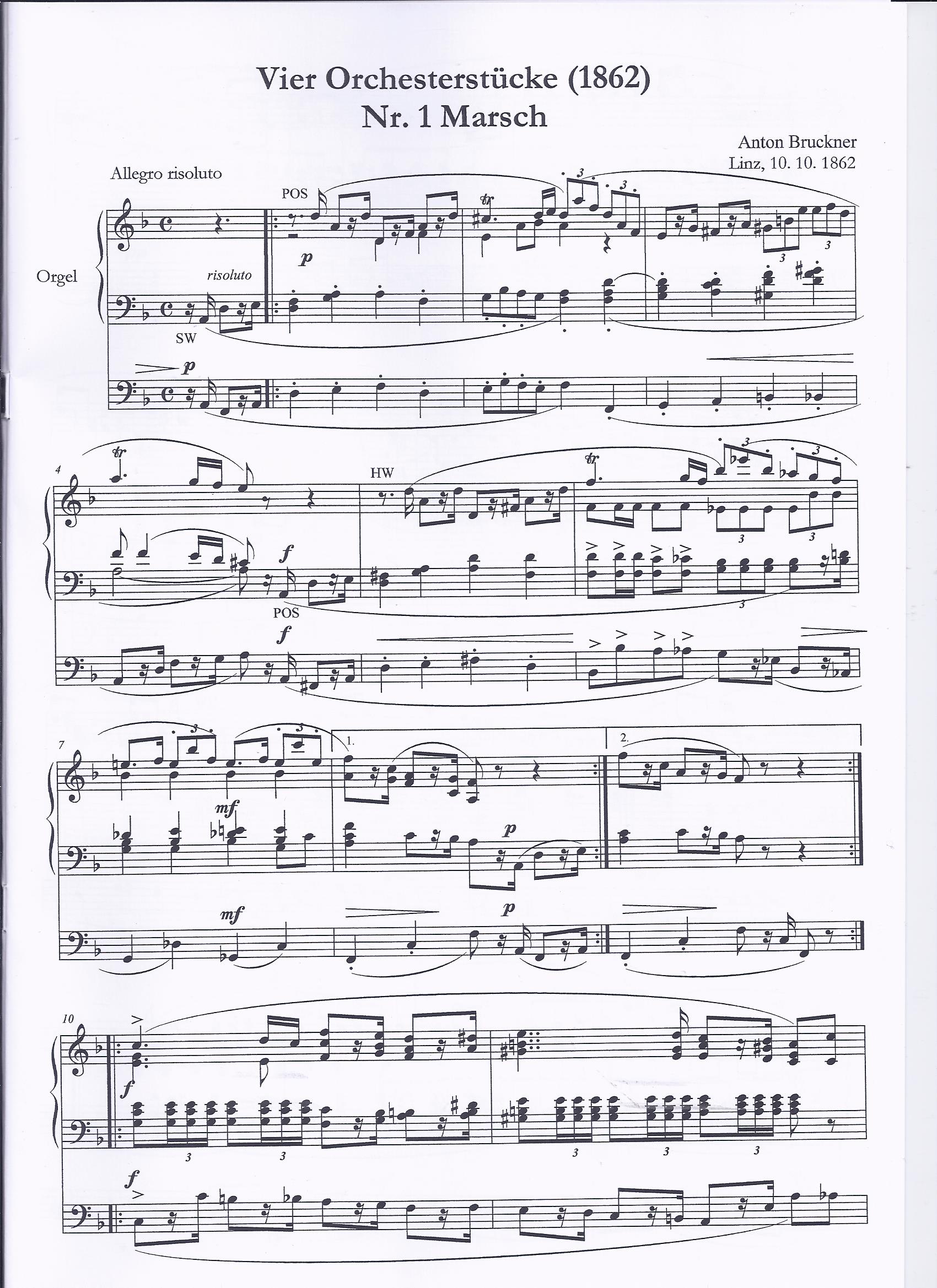Anton Bruckner's path to becoming a symphonist
532 pages, Bielefeld 2023, www.vpe-web.de
Text volume: 386 pages with many musical examples and transcriptions from the Kitzler study book)
On the basis of the Kitzler study book, which was only published in 2014, Rudolf Innig presents for the first time a detailed analysis of Anton Bruckner's early symphonic works. In musical life and in Bruckner literature, they have so far received little attention and are undervalued as 'study works'.
The author, known for his numerous CD recordings, shows that the essential characteristics of Bruckner's symphonies are already evident in his first symphony in F minor. The quality of his music can be demonstrated here just as it is proverbially the case with the symphonies of Johannes Brahms.
Bruckner's first symphonic works are not works of his youth; he composed them at the age of 39, when he was already past middle age.
The analyses of the symphonic works are preceded by four introductory chapters: on Bruckner's earlier compositions (mostly sacred music), which make up more than half of his entire output,
on the music theory works that Bruckner knew and which form the intellectual background of his music,
on his working techniques and the question of the order in which the various work steps were created, and finally
on Anton Bruckner as an organist with insightful details about his teaching at the Vienna Conservatory and his surviving improvisation sketches.
532 pages (text volume: 386 pages with many musical examples, in the appendix: 148 pages with transcriptions from the Kitzler study book) 15 x 29 cm, Hardcover with thread seal


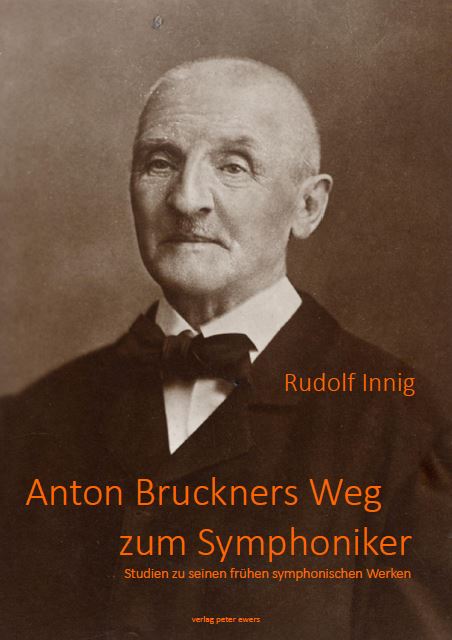

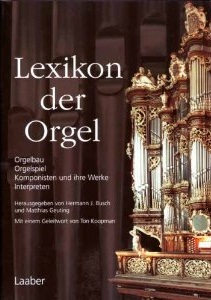
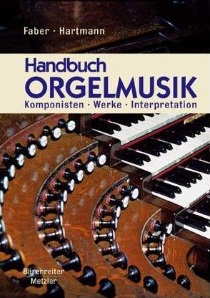
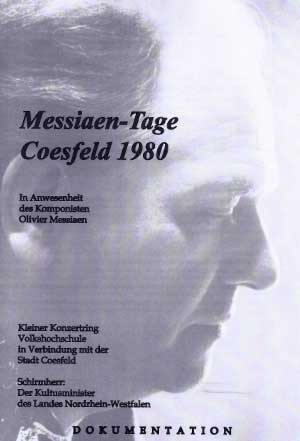
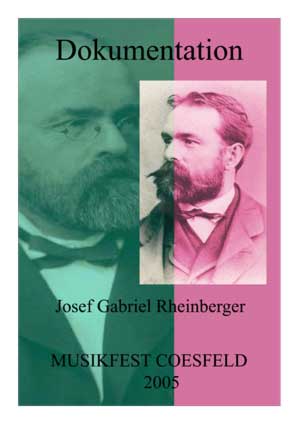
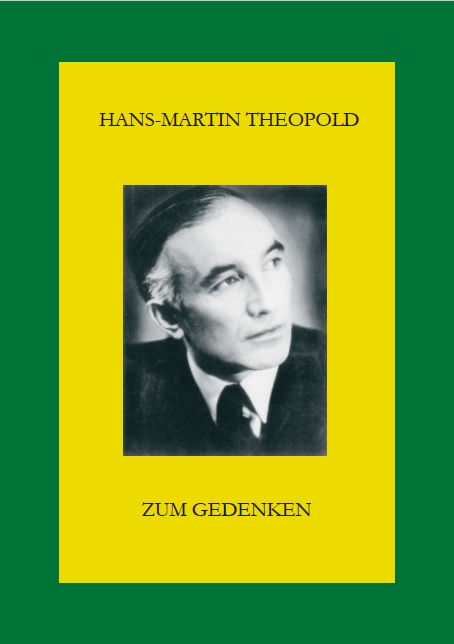
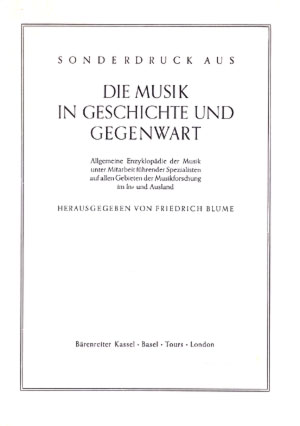

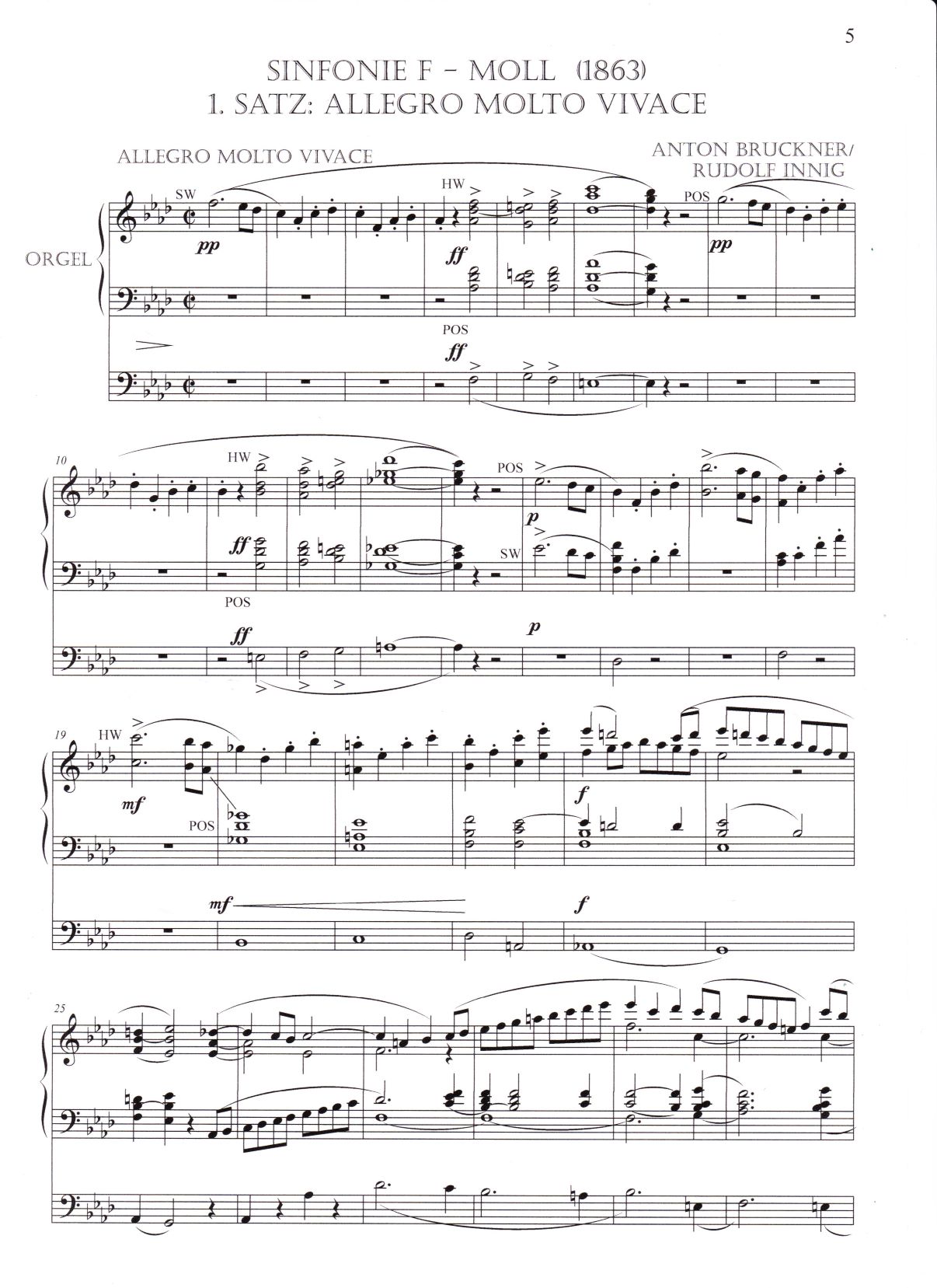 hrend seiner Tätigkeit als Organist am Dom in Linz (1855-1868) lernte Anton Bruckner den Dirigenten Otto Kitzler (1834-1915) kennen, der von 1858 bis 1863 Kapellmeister am Theater in Linz war. Der 10 Jahre jüngere Kitzler vermittelte Bruckner die entscheidenden Impulse zur Komposition sinfonischer Orchesterwerke. Die Studien beganen mit einfachen Übungen zur Periodenbildung, danach folgen Übungen zur Erweiterung von achttaktigen Perioden zu 16 Takten, kleine Tanzsätze (Menuett, Polka, Mazurka, Marsch, etc.), Klavierlieder, Sätze in ‚dreiteiliger Liedform‘ (A-B-A) und Variationen. Ab Juni 1862 folgen Übungen zur Sonatenform, die Bruckner ‚Sonatform‘ nennt. Am Ende stehen Skizzen zu seiner ersten Sinfonie f-Moll als Particell (= Klavierfassung), hier die Seite 323 vom 13. April 1863 mit Skizzen zum Schlusssatz.
hrend seiner Tätigkeit als Organist am Dom in Linz (1855-1868) lernte Anton Bruckner den Dirigenten Otto Kitzler (1834-1915) kennen, der von 1858 bis 1863 Kapellmeister am Theater in Linz war. Der 10 Jahre jüngere Kitzler vermittelte Bruckner die entscheidenden Impulse zur Komposition sinfonischer Orchesterwerke. Die Studien beganen mit einfachen Übungen zur Periodenbildung, danach folgen Übungen zur Erweiterung von achttaktigen Perioden zu 16 Takten, kleine Tanzsätze (Menuett, Polka, Mazurka, Marsch, etc.), Klavierlieder, Sätze in ‚dreiteiliger Liedform‘ (A-B-A) und Variationen. Ab Juni 1862 folgen Übungen zur Sonatenform, die Bruckner ‚Sonatform‘ nennt. Am Ende stehen Skizzen zu seiner ersten Sinfonie f-Moll als Particell (= Klavierfassung), hier die Seite 323 vom 13. April 1863 mit Skizzen zum Schlusssatz.